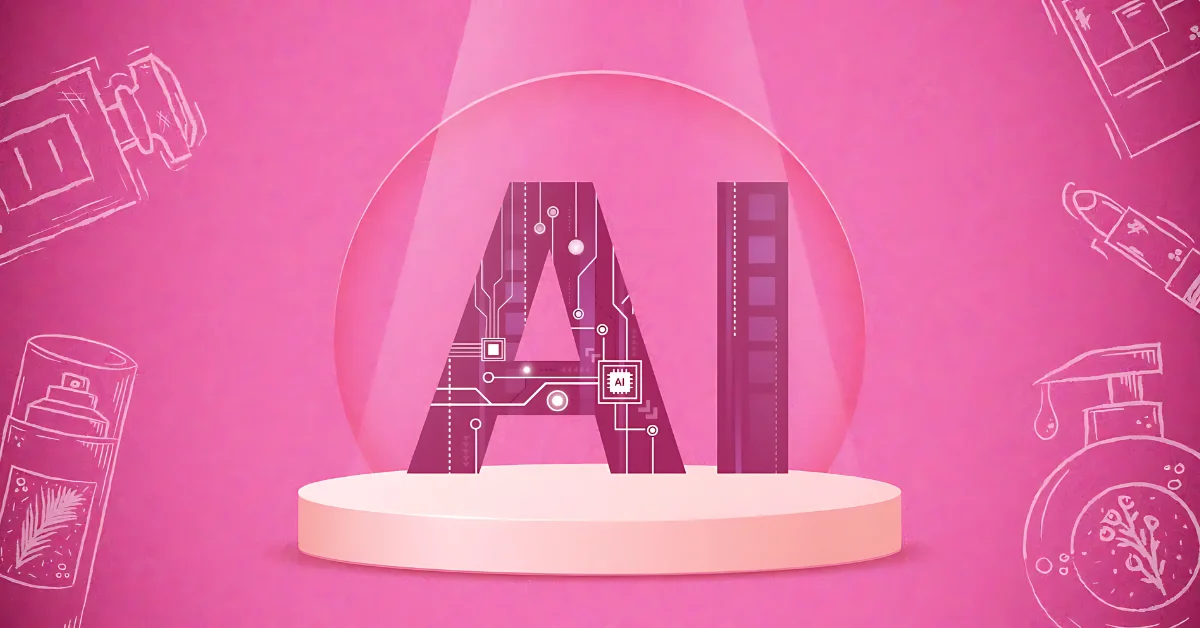In today’s digital world, product photography plays a crucial role in e-commerce by making products look their best. It’s like a silent superhero behind the scenes, turning ordinary items into must-have essentials.
The good news? You don’t need an expensive camera, a fancy studio, or a big budget to create stunning product images. Enter Mockey AI product photography, a cutting-edge tool that turns prompts into images.
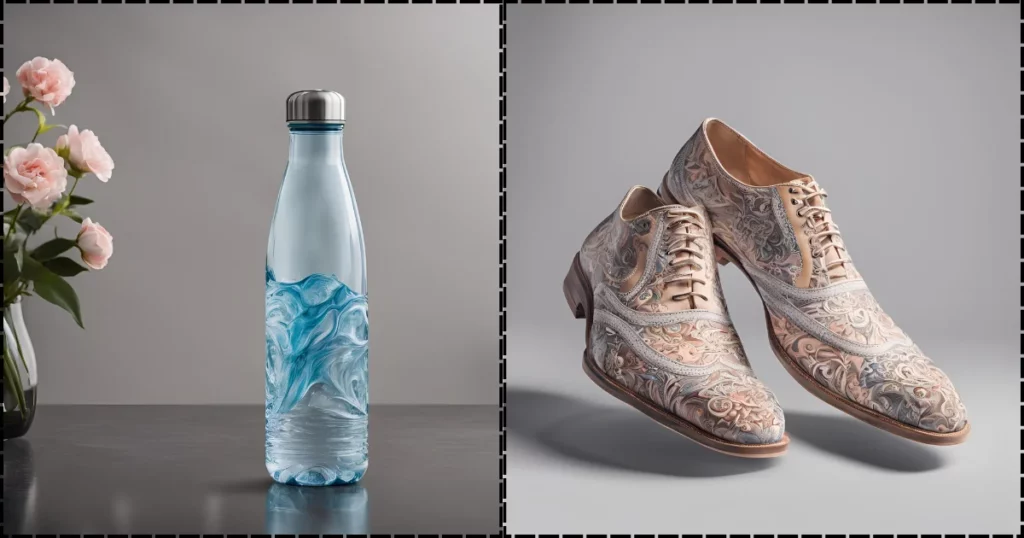
In this blog, we’ll explain how to use AI for product photography with the Mockey.ai tool in easy-to-understand language. Even if you’re not a photography expert or tech whiz, you can harness its power to create amazing visuals.
Table of Contents
What Is AI Product Photography
AI photography involves using artificial intelligence to create new images or improve existing ones to look like real photographs. A fascinating use of AI-generated photography is making synthetic photo studios.
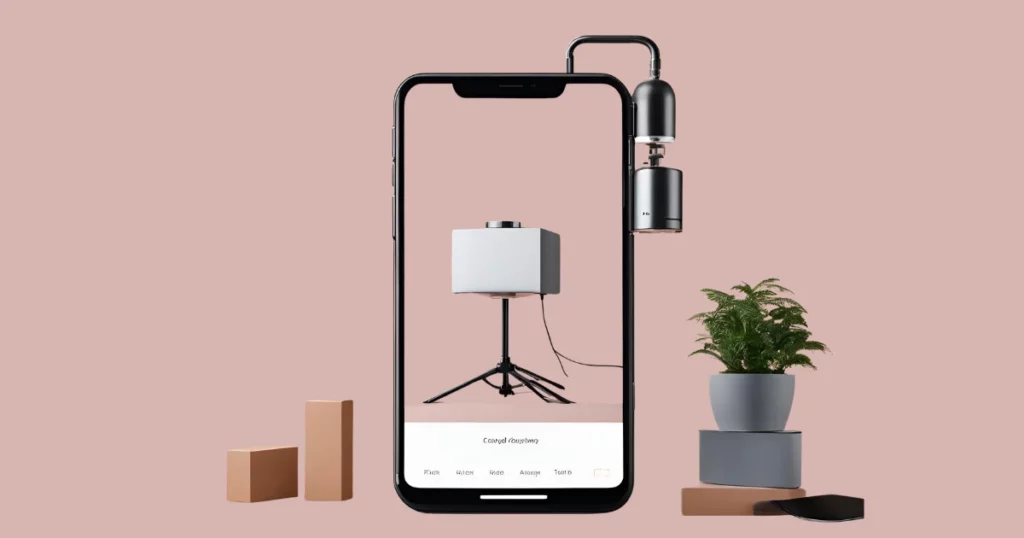
Product photography is crucial for more than just first impressions. It is essential for e-commerce merchandising, sales, marketing, customer acquisition, and improving conversion rates.
High-quality photos are “extremely important” or “very important” to 90% of shoppers. Additionally, 60% of online shoppers prefer seeing three to four images of a product before making a purchase.
How Does AI Product Photography Work
Here’s how it works:
- Learning from examples: AI learns from lots of images to understand what makes a good photo—like sharpness and clarity.
- Recognizing objects: It can spot things in photos, like identifying a candle’s color and texture.
- Automatic improvements: AI automatically tweaks photos by adjusting brightness, contrast, and more, saving time compared to manual editing.
- Custom backgrounds: Instead of real backgrounds, AI can create digital ones that fit the product perfectly, giving all photos a pro look.
What Is the Goal of Product Photography
When you shop online for new sneakers, what’s the first thing you check? Most likely, it’s the pictures, right?
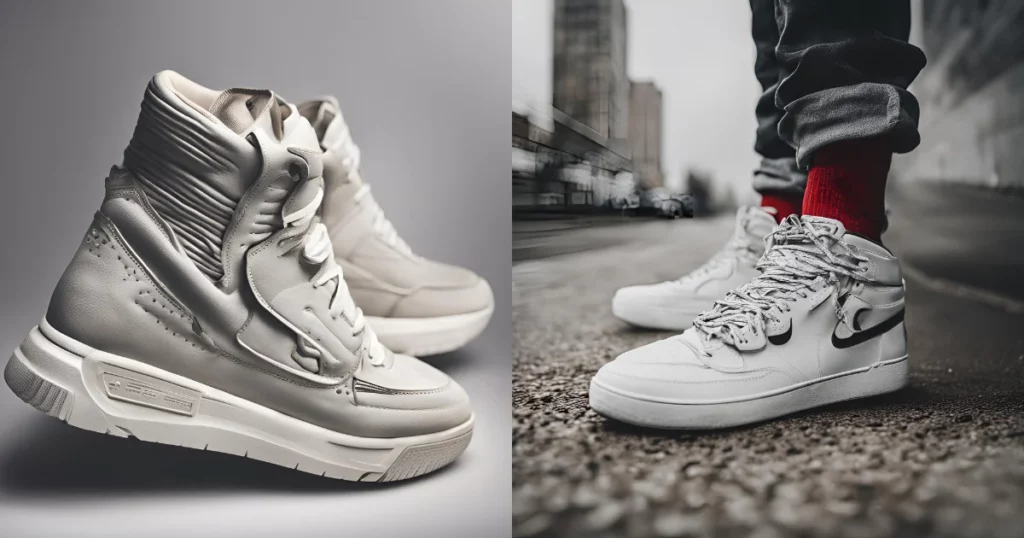
That’s where product photography becomes crucial. Using AI for product photography is about making those sneakers look fantastic so you’ll be tempted to buy them.
Good product photos:
- Create a great first impression.
- Build trust with customers.
- Make your brand stand out.
- Increase your visibility online.
Can I Use AI for Product Photos
Can AI help create images for products? Yes, but it’s more effective for certain aspects. It’s challenging for AI to accurately generate images of products, especially ones with text on their packaging.
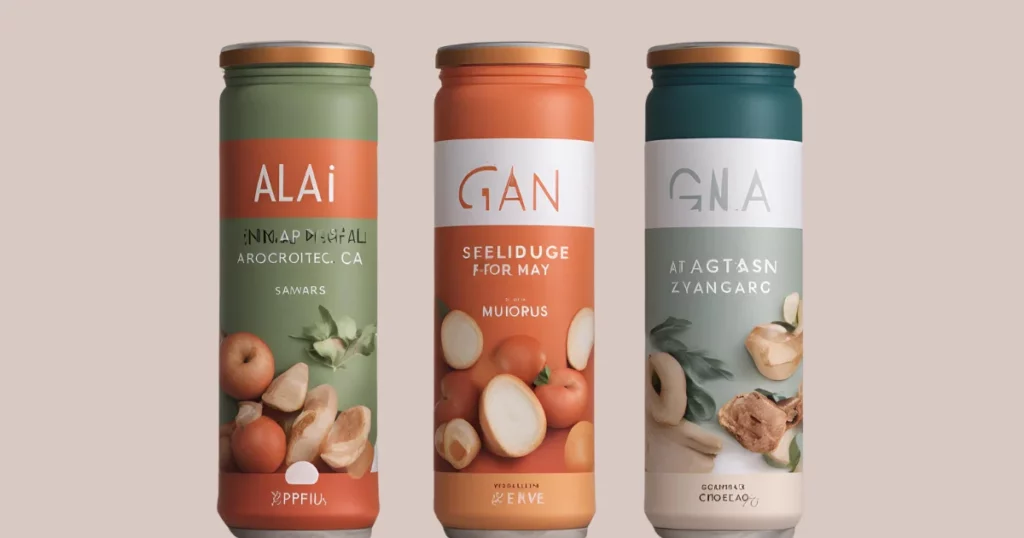
However, AI can create backgrounds, props, and lifestyle settings where products can be placed. To get good results, you’ll need to learn how to give clear instructions to AI.
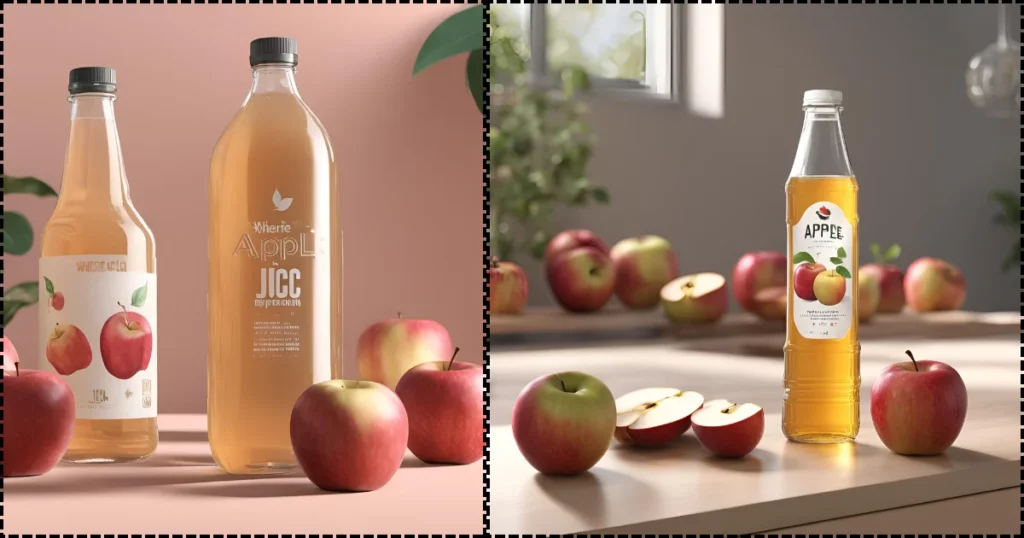
It’s a mix of art and science, so patience is key. Sometimes, the results can be unexpected. It’s also important to ensure that the generated images match the visual style of your brand.
We’ve found AI works best for us as a tool to enhance photos rather than as a complete solution.
For instance, if a client wants a specific nail color, we can use AI to change the polish. If they feel a photo needs something extra, like adding a spoon, AI can do that effortlessly.
Even fixing wrinkles in backdrops is something AI handles better than we can.
How to Use AI for Product Photography in 4 ways
Here are four ways you can create product photos using AI image software:
- Normal Generation: Use the pre-trained model to create images.
- Fine-tuning: Train the model with your own product images.
- Image Prompts: Include an image in your prompt to guide the style, color, and composition.
- Background Replacement: Place a high-quality product photo into a different scene.
1. Normal Generation
Yes, you can create stunning and high-quality images that look like product photos. The tricky part is capturing all the product details accurately with current tools.
Since the t20 World Cup is happening now, let’s use a Cricket theme for our test.
Below are two images of Nike sports shoes. One is AI-generated (using Midjourney v6) and the other is from the Nike website. Is it possible to tell the difference? Which shoe do you like better?

Both shoes seem convincing, but only one is real, and people don’t buy AI-generated shoes (except in the metaverse, but that’s another topic).
Image generation apps have trouble getting the details right for the same reason ChatGPT sometimes makes up answers: there isn’t enough detailed data in the pre-trained dataset to accurately recreate most products.
Midjourney has a general understanding of what a Nike sneaker looks like and probably even recognizes a Nike sports sneaker.
2. Fine-tuning
If you have 10 to 20 high-quality photos of your product, you can fine-tune an AI model to generate new images, limited only by your imagination.
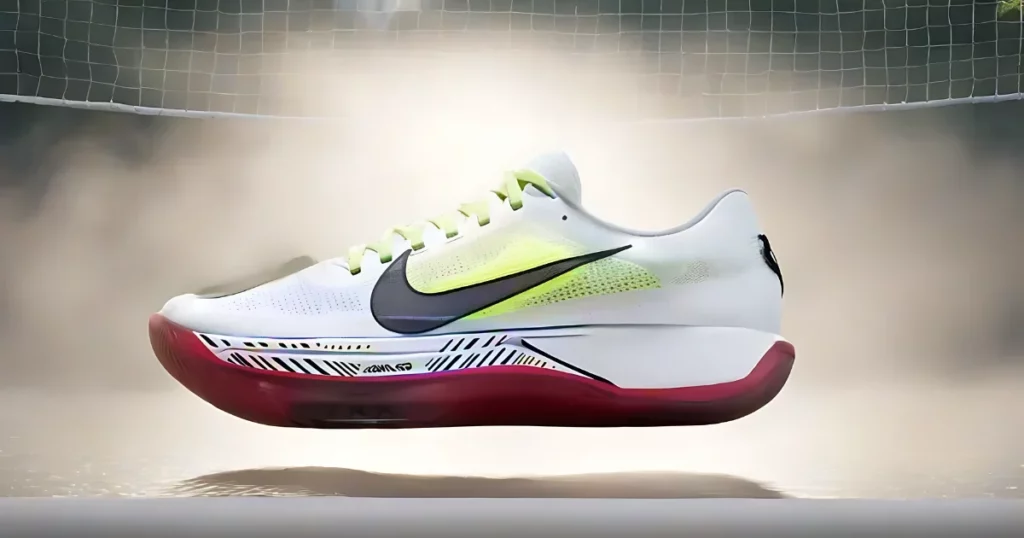
Fine-tuning, available for about a year, is constantly improving. Currently, the most popular method uses Stable Diffusion, an open-source image generation model, especially the recent high-quality SDXL model.
We concluded that while the images look great, they lack the precise product details needed for commercial use right now. Unfortunately, not all image-generation apps can be fine-tuned yet.
Fine-tuning can be used to match the style of an image, not just the content. For instance, Nike could create a series of lifestyle images in a specific photography or illustration style using fine-tuning.
We believe fine-tuning is the future of AI-generated product images. By the end of 2024, we expect significant improvements in accuracy and broader support from popular image-generation apps.
3. Image Prompts
Using image prompts is quicker and simpler than fine-tuning. Just upload a “source” image or add it to your prompt, and the image generation app uses it as a guide to create outputs.
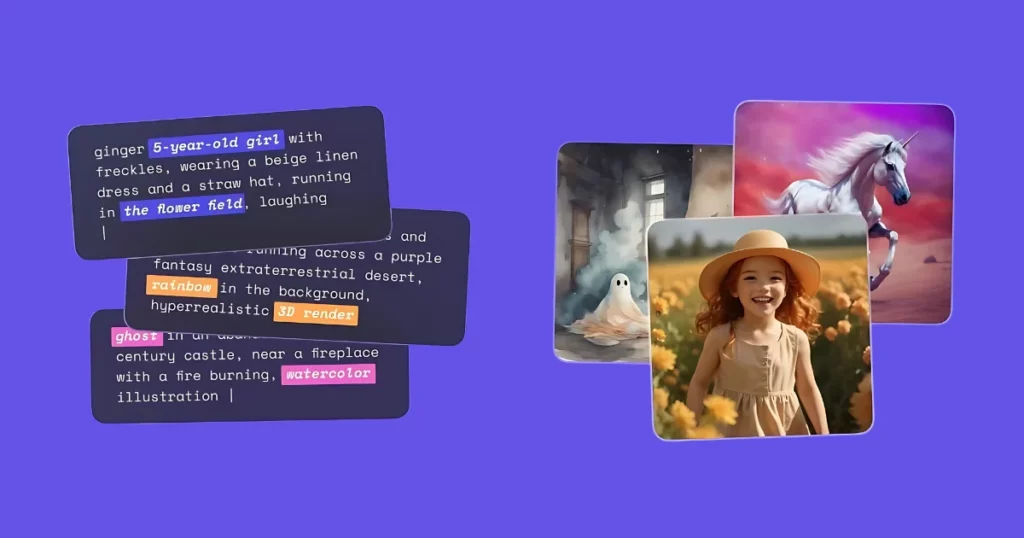
Currently, using images as prompts is good for setting the “style” of an image, but not very effective for keeping product details accurate, which is important for using AI for product photography.
4. Background Replacement
Imagine you’re Rebel Sport and you want to make a striking social media post showcasing the NikeCourt Vapor 11’s.
Today, there are many apps like Flair.ai that use AI to do two things: remove the background from product photos and create new background scenes.
For instance, using our earlier fictional shoe image, we quickly made this new image in Flair.ai in less than a minute:
Google recently announced it will build similar features into Google Product Studio, and Amazon has also begun introducing such features for retailers.
Can AI Images Be Used Commercially
It varies. The key thing to know is that this field is new, so the rules are likely to change often until standards are set.
Currently, you can use AI-generated photos commercially if you’ve bought the right license for the software used to create them.
As an advisor, we see this as a good chance to use AI photos now.
However, we expect regulations to become stricter in the future, based on our research and discussions with other creative professionals.
Please be careful not to use AI to modify your physical product, like its packaging or the product itself.
Altering the color, and size, or making other changes could mislead consumers and clients, potentially leading to legal issues.
Will Food Photography Be Replaced by AI
We’ve been closely following this area because we believe AI can be wisely used here. We’ve used Photoshop and Adobe Firefly to create food photos using AI, and we’ve successfully generated images like bowls of cereal and chocolate cake with both programs.
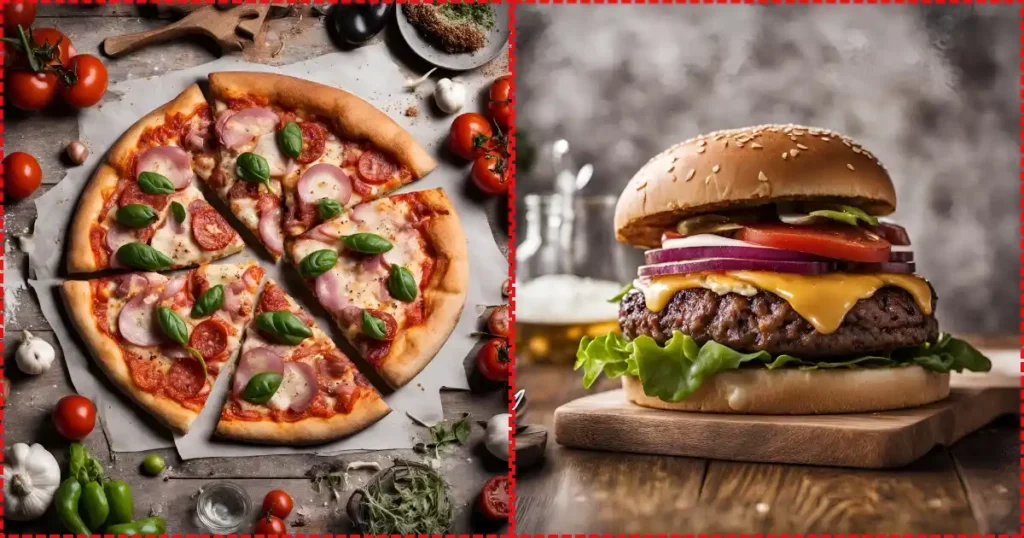
Using generative programs to make food photos is tricky because you can’t control the recipe details.
For instance, if your chocolate cake has whole cherries, it’s hard to get the AI to show that accurately in the photo. Brands should be careful using AI to showcase recipes that feature their specific products.
Consumers can notice if the recipe in the photo doesn’t match reality, which could lead to legal issues, especially if your products are a big part of the recipes.
Best AI Website for Product Photography
Depending on how skilled you are, you can use tools like Canva’s new generative program or Midjourney to create food photography. If you’re confident with writing prompts needed for advanced programs, give it a try.
Otherwise, Wait for Mockey AI product photography to launch.
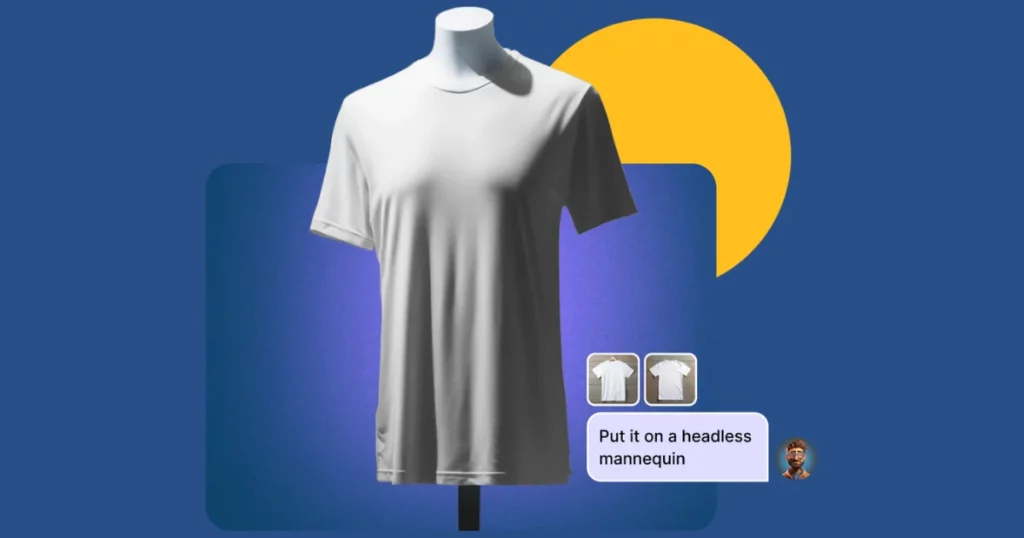
Using Mockey.ai for Product Photography
In just 3 steps, using your product’s image as a reference, you can generate photos that meet your brand’s needs instantly. Replace traditional product shoots with AI Photography to save time, money, and effort.
1. Upload Your Product Images
Use Mockey.ai to enhance your product photos of clothes, electronics, toys, food, home decor, accessories, and more.
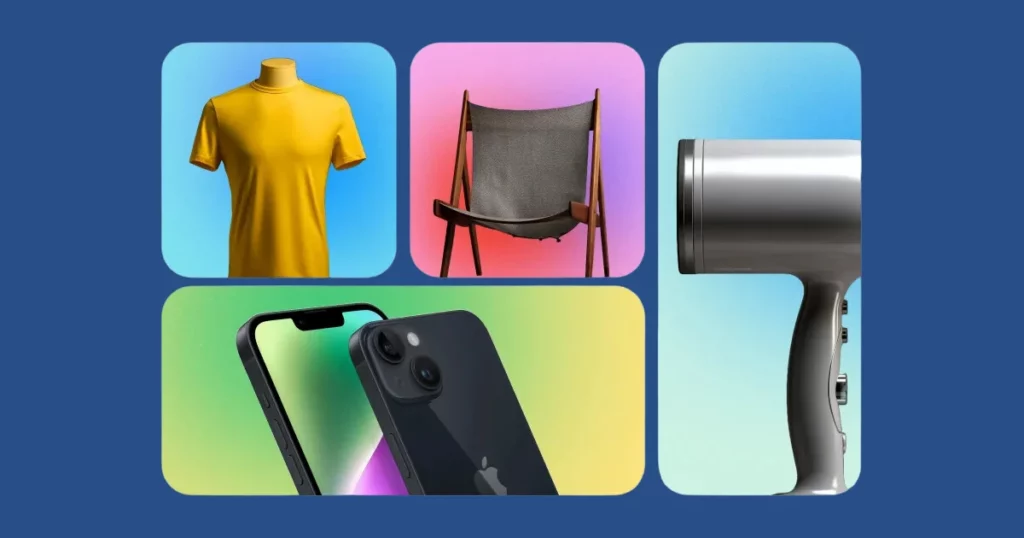
2. Write Prompts
You can select prompts from the library or create your own. Use these prompts to describe what you want AI Photoshoot to achieve.
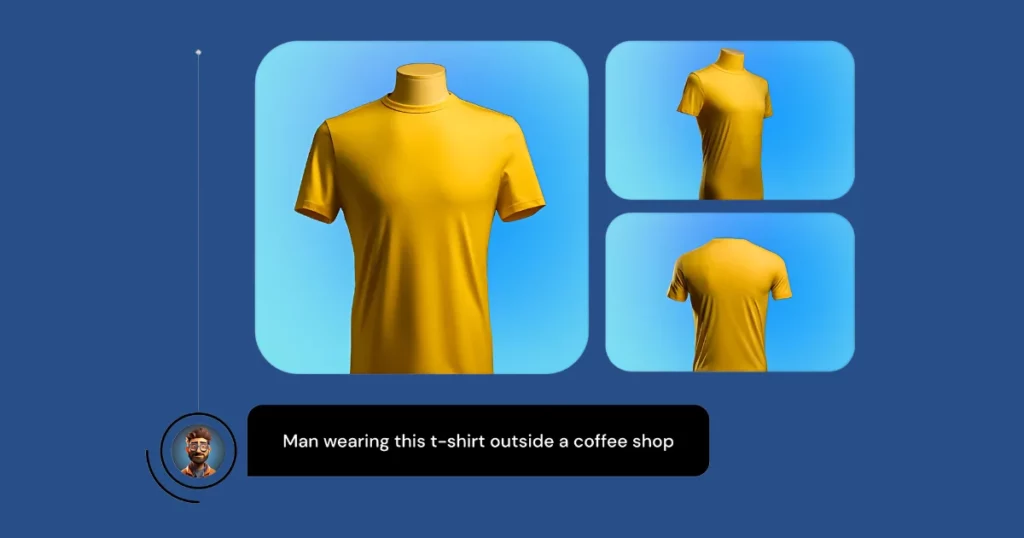
3. Generate and Download
Get high-quality product images generated by AI instantly. Download and use them for e-commerce, ads, social media, or anywhere you need!
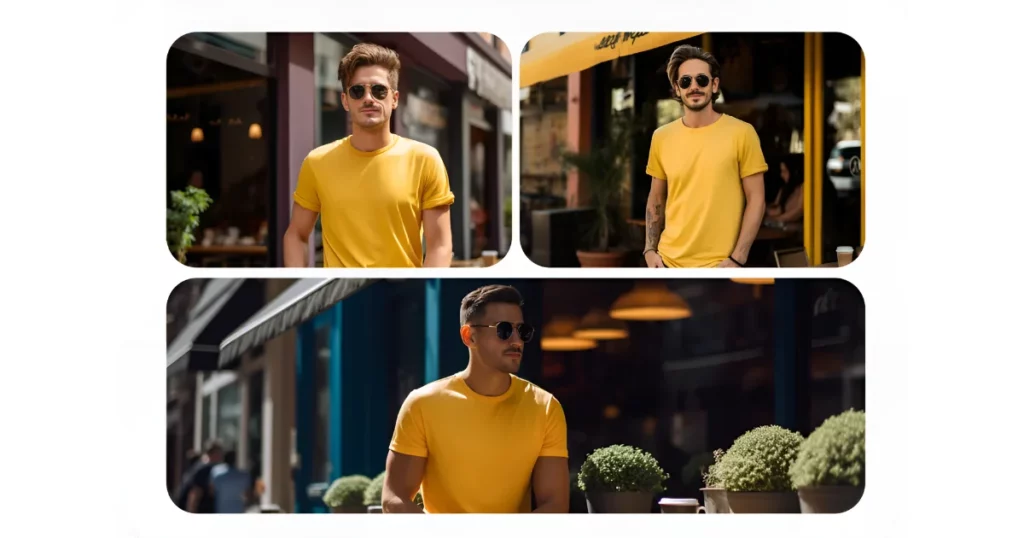
Best Tips for Product Photography
This part will share five helpful best product photography tips for taking great product photos and improving them with generative AI.
1. Ideal Lighting
Lighting is crucial in photography because it affects the tone, appearance, and detail of the image. Shadows can create a dramatic or mysterious feel, while bright, even lighting shows clarity.
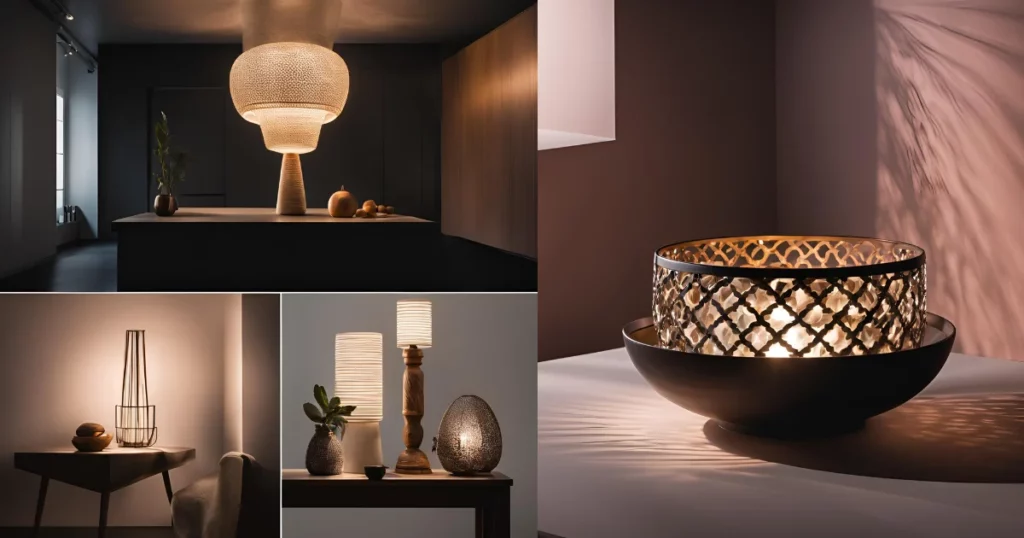
For product photos, the best lighting means having the right exposure, even lighting, and proper white balance to make colors look true to life.
Too much light can wash out details and colors, while too little light makes the image look flat and dull. Achieving a balance between these extremes involves using the right lighting techniques and camera settings.
To take good product photos, use lighting that is even and doesn’t create strong shadows or reflections. You can use natural light or studio lights to do this.
- Using natural light from a window is perfect for photographers who don’t have studio lighting. It’s inexpensive and simple to set up since you only deal with one light source. To use natural light, place a table or platform close to the window. Then, position your product at a right angle to the window so the light spreads evenly across it.
- Studio lighting involves various tools like flashbulbs, diffusers, strobe lights, and spotlights. While studio lighting offers a lot of control, it also requires knowledge of single- and multi-point light setups.
Camera settings for your product photos will vary based on what you’re photographing and the light source you use. Three key settings that affect light exposure are:
- Aperture: This controls how wide the lens opens, affecting how much light enters.
- Shutter speed: This determines how fast the shutter opens and closes; faster speeds let in less light.
- ISO: This measures your camera’s sensitivity to light; higher ISO levels mean greater sensitivity.
To get the right exposure for your lighting conditions, all these settings need to work together. Try different settings until your images are well-focused and well-exposed.
2. Composition
Just like lighting, composition is key in product photography. It involves arranging objects in a photo to guide viewers’ eyes to certain features of your products.
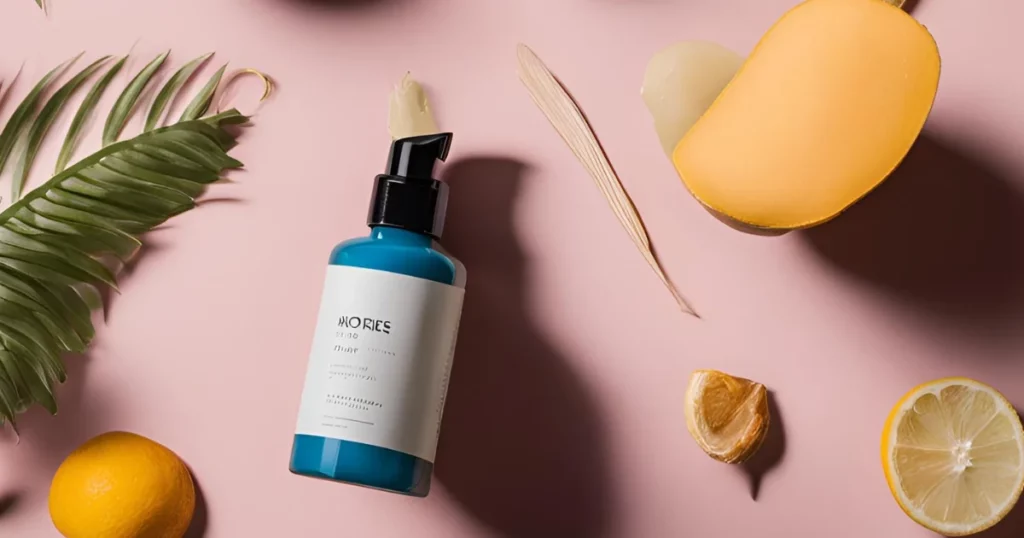
Product photos should be arranged to look attractive and interesting to customers, while also highlighting the subject. A well-arranged photo can catch attention quickly and encourage potential customers to engage with your brand.
Composition isn’t just one thing. It’s made up of various techniques that together create the overall look of the photo.
Here are some techniques:
- Framing: This involves deciding what to include in a photo and what to leave out. It shapes the composition and draws attention to specific subjects. For product photography, consider how much of the frame the product should fill and what else to include.
- Rule of Thirds: This technique divides an image into nine equal parts with two horizontal and two vertical lines, creating four intersection points. Place your subject at one of these intersections to make the photo more engaging and balanced.
- Symmetry in product photography means arranging elements in a balanced way. It brings a feeling of stability and order to the photo, which is perfect for precise items like jewellery. However, asymmetry can add movement and energy.
- Leading lines are lines in a photo that guide the viewer’s eye to a focal point. You need to place the product thoughtfully about these lines to enhance the focus. The example below illustrates a subtle leading line that directs attention to the main object.
3. Choice of Background
The background of an image is just as important as the product itself. It sets the tone, mood, and atmosphere, shaping how shoppers perceive the product. It can make the product stand out, place it in a real-world context, or create a certain feeling.
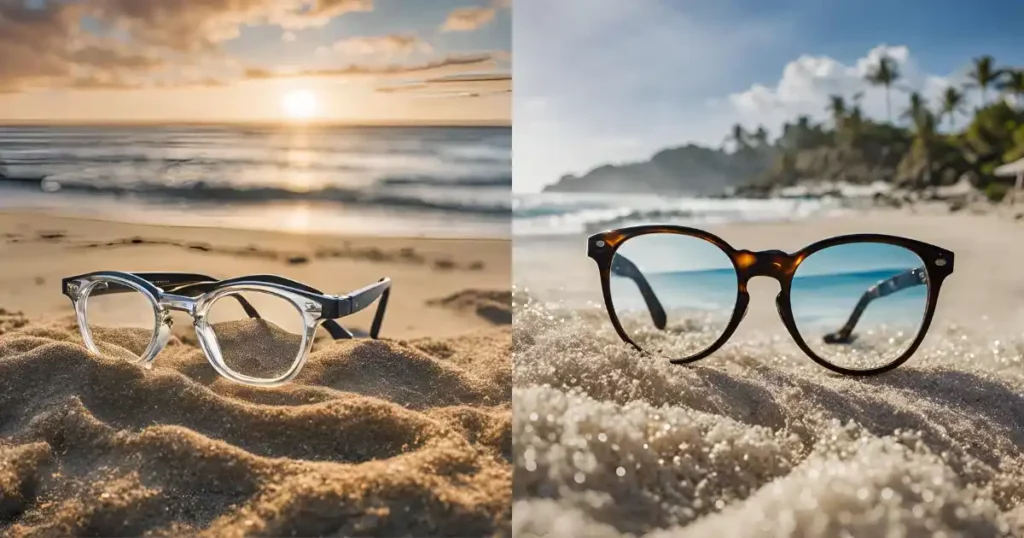
Here are several ways background influences your image:
- A clean, complementary background enhances product visibility.
- White backgrounds make products stand out.
- Colored backgrounds evoke emotion and thematic interest.
- Environmental backgrounds place products in familiar contexts for better user visualization.
- Textured backgrounds link products to specific places, times, or events.
Besides the tone and impression, the background you choose for production greatly affects how versatile the image can be. Solid, single-color backgrounds work well for online stores, while more detailed backgrounds are better for lifestyle marketing.
Consider where and how you’ll use the product image to decide on the right backgrounds and variety during production.
Thanks to AI tools like Mockey, you can easily change backgrounds by uploading an image and removing its background instantly with its AI Background Remover.
You can use premade background colors, textures, and pictures to easily make different versions of your images. AI Backgrounds uses advanced AI to generate new backgrounds based on specific prompts.
4. Props and Product Styling
How you present your products and style them can make shopping more enjoyable. However, if not done well, it might take attention away from what’s most important.
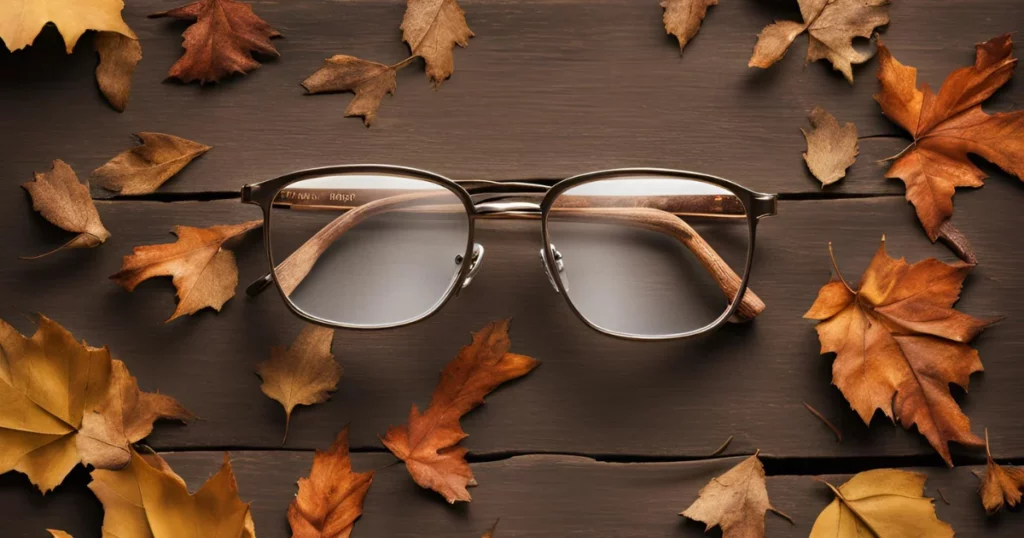
If you plan to include props in your photos, like leaves or twigs for a rustic touch, consider two key things:
- Your brand: Reflect your brand’s style and tone in your photography. For instance, if you’re an outdoor lifestyle brand, incorporating natural elements makes sense. However, if your focus is on high-quality products, avoid props that could distract you. Ensure all visuals align with your brand.
- Your audience: Understand your audience’s preferences. This will guide how you style your products and whether props are appropriate.
Mood boards are a fantastic way to mix things up. They combine various ideas for backgrounds, props, how products are set up, and how images are laid out. Try out different combinations to discover the one that best showcases your product story.
For instance, you could include tools or ingredients used to create the product, or items commonly used with it. For example, pairing olives with a bottle of olive oil illustrates this well.
5. AI Assistance for Post-processing
Post-processing is crucial for photographers, involving adjustments made to images after they’re captured to prepare them ideally for sales and marketing. Tasks can range from adjusting colors, contrast, and white balance to cropping, resizing, removing unwanted elements, and changing backgrounds.
AI photo editing apps can make your editing more accurate and much faster, depending on what you’re doing.
To Conclude
In conclusion, you’ve mastered how to use AI for product photography and learned the top 5 tips for taking product photos.
Mockey AI product photography is going to launch soon. It will help enhance your products online, strengthen your brand, and captivate customers. Give it a try and see your products shine online!
FAQs
Can I use AI to make product photos?
AI-generated backgrounds can improve your product photos in many ways. You can create backgrounds that match your brand and product, keeping a consistent style across all your photos.
How can AI be used in photography?
AI-driven tools can review photos to find the best lighting, fix colors, and adjust shadows, making photo editing quicker and more tailored to your needs.
How can I use AI for pictures?
AI can create, edit, improve, and study images. Tools such as DALL-E and Midjourney let you make special images from text ideas.
Which AI tool is best for photo editing?
The top AI photo editing tools include Corel PaintShop Pro, Adobe Photoshop, and Luminar AI. These tools use AI for tasks like removing backgrounds, selecting objects, and making intelligent adjustments, which make photo editing easier and faster.
Related reading:
